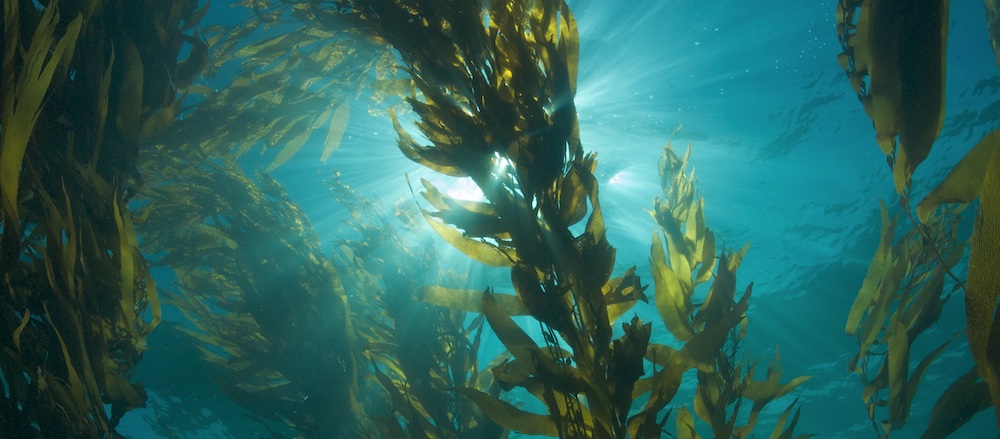
Photo courtesy of the National Resource Defense Council.
Cal State Long Beach (CSULB) researchers have paired with fellow researchers at the Lawrence Berkeley National Laboratory to launch “Kelp Watch 2014,” a research/campaign project set out to see the extent to which the Fukishima nuclear power plant disaster has affected California’s vast kelp forest.
The Tōhoku earthquake—the fifth most powerful earthquake in recorded history—and its subsequent tsunami in March of 2011 caused a catastrophic structural failure at the Fukushima I Nuclear Power Plant; after being hit by the tsunami, the plant began releasing radioactive materials into the Pacific Ocean in what is becoming the worst nuclear disaster since Chernobyl.
CSULB biology professor Steve Manley initiated the project with the Berkley Lab’s head of applied nuclear physics Kai Vetter in order monitor local kelp beds along the coast of Malibu, Palos Verdes and Long Beach. The larger hope will be to analyze the impact of the disaster along California’s shores and the entire West Coast.
According to Manley, kelp acts much like a sponge in the water: it absorbs everything—meaning if the theory that radioactive materials have made their way from Japan to California is correct, kelp would be the first place to look for them.
“The amounts projected to arrive are supposed to be very small in concentration and that is another reason why kelps are good as they could be the first to detect the presence of these radioactive isotopes,” Manley said.
Much to the relief of surfers and swimmers alike, thus far, no recent testings have proven that radioactive materials have arrived along the West Coast. Manley, however, still finds the search important: it is expected that radioactive isotopes will arrive in California as early as April of this year and linger for years.
“I think we would all be better off if this material did not exist and wasn’t coming over, but at this point, there is nothing we can do about it,” he said.
Kelp Watch 2014 will bring in some 30 volunteer marine scientists, with the collaborative participation of 19 other academic and governmental institutions, that will lead groups in sampling kelp from the shores of Del Norte County to Baja California.
“Making our results available is a critical aspect of our work as it allows us to address concerns about Fukushima radiation levels and to explain the meaning and potential impact of these levels,” he added, “particularly in the context of the natural radiation background we are exposed to in our daily lives.”
Those interested in taking part in the project can contact Manley at [email protected] and should put “Kelp Watch 2014” in the subject line.

